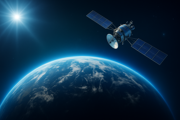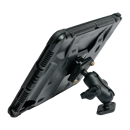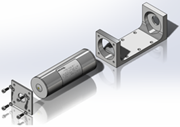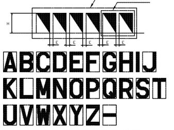

BOEING 737 MAX AIRCRAFT GENERAL (ATA 5-18) MODIFICATIONS (7)
AED installation


The use of automated external defibrillators (AED) is essential to increase the chances of survival in case of a cardiac arrythmias such as ventricular fibrillation (VF) and non-perfusing ventricular tachycardia (VT) when used in the first 10 minutes.
AMC1 CAT.IDE.A.220 (b) (4) stipulates that the aircraft operators should carry automated external defibrillator (AED) on board all aircraft equipped with a first-aid kit and required to carry at least one cabin crew.
B737 NG SBAS GNSS Aircraft Integration by Fokker Services



Overview
Fokker Services offers a certified solution for the integration of Satellite-Based Augmentation Systems (SBAS) and Global Navigation Satellite Systems (GNSS), supporting modern navigation, surveillance, and performance-based operations. This upgrade ensures compliance with global mandates while delivering operational efficiency and precision.
Certified DE-modification of Obsolete or Custom STC Installations


As part of lease return, phase-out, or aircraft transition processes, removal or reversal of previously installed STCs is often required. These could include obsolete systems, lessee-specific modifications, or customer-tailored configurations no longer applicable for the next operator.
Fokker Services provides certified engineering support for the full demodification process, ensuring compliance, traceability, and airworthiness restoration aligned with the requirements of the new lessee or owner.
Fokker Services iPad® EFB modifications for Boeing aircraft



The EFB Solution for iPad® is a very interesting and cost effective way to introduce an installed classified EFB in your cockpit. An EFB is a physical device containing hardware and software that carries flight documentation. The EFB is used by the flight crew on the flight deck during their duties. Fokker Services’ EFB modification has already been installed in more than 1300 aircraft amongst different aircraft types. Our EFB installation is ticking all the boxes and is available for most aircraft types, including Airbus, Boeing, ATR, Bombardier Challenger & CRJ Family, Embraer, Fokker and others. We can support you with all hardware for your power supply (USB-A and USB-C) and iPad mount (adjustable and pivot mount), our product includes an Engineering Bulletin and all related supplements.
Fokker Services ULD (Underwater Locator Device) for Boeing aircraft



Events related to aircraft missing over oceanic areas have led to several new requirements, amongst which is the introduction of a stand-alone long-range Underwater Locator Device (ULD). Based on this requirement, we are pleased to provide you our offer, which is based on the delivery an integrated package including all related documentation and materials. Note that the ULD is not to be confused with the Underwater Locator Beacons (ULB) as installed on the CVR and FDRs. The ULD is complementary to the ULB and is mounted to the aircraft structure.
Our ULD mod will be mounted on the aircraft structure free of sound absorbent materials and not in wing sections or empennage, we certified multiple locations in a variety of aircraft types. The installation is in accordance with ARINC specification 667, which describes the removal, installation and maintenance aspects of an ULD installation.
Approved Conditions for the Permit to Fly


Under specific circumstances, such as maintenance repositioning flights or check flights—special flight conditions must be defined to operate the aircraft safely and in compliance with regulations.
When a non-EASA aircraft manufacturer issues a No Technical Objection (NTO) or similar statement, EASA requires these be assessed and formalized by a DOA-approved organization before a Permit to Fly application can be submitted.
Paint scheme/ export paint schedule



Engineering Bulletin to introduce a single color external paint scheme which is typically used for export aircraft.


